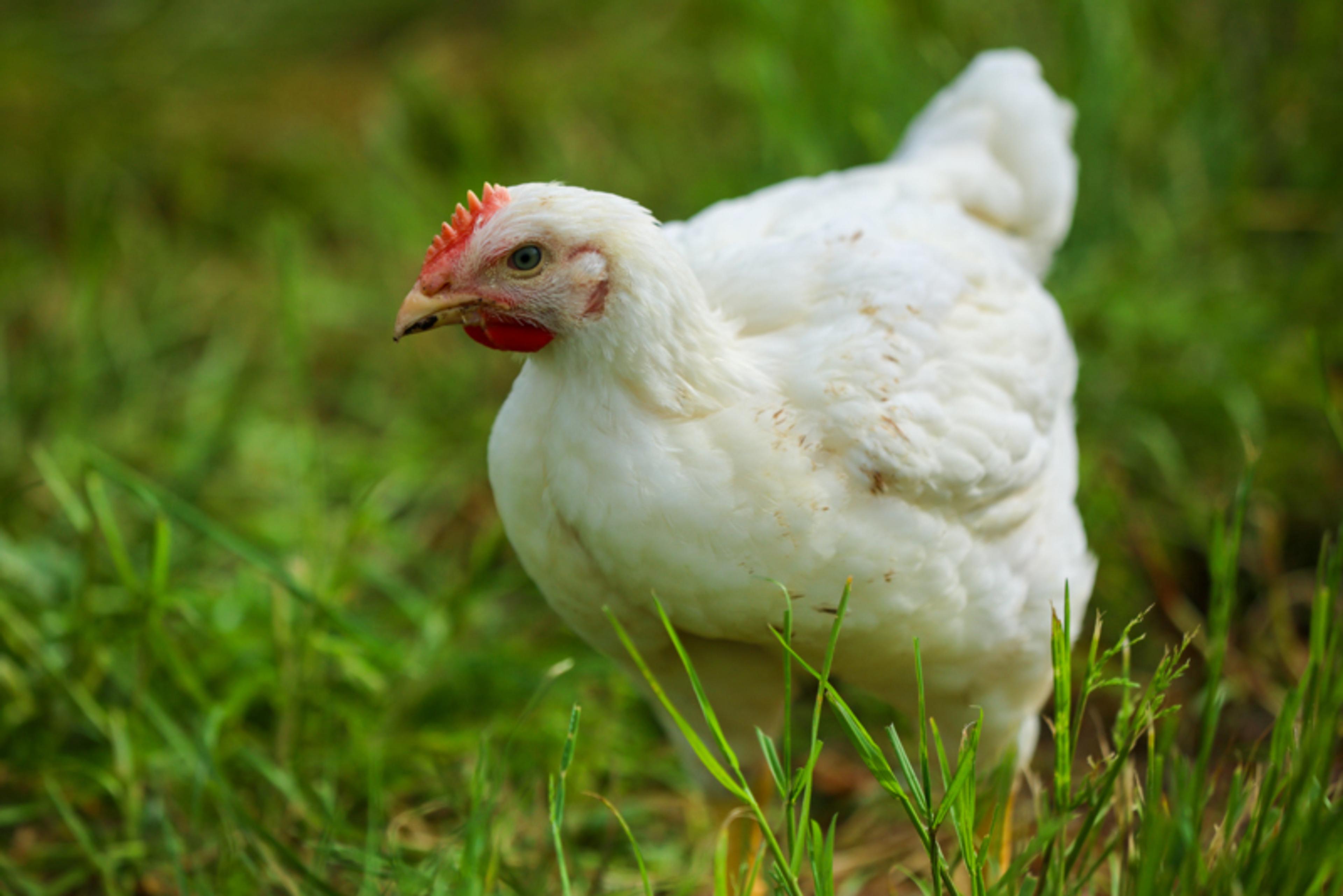
Chickens and hens
Chickens
More than 830 RSPCA welfare standards must be met for chicken to be labelled RSPCA Assured.
Chickens live in barns with plenty of space and natural light, whilst some have access to the outdoors (‘free-range’) and may also be cared for to organic standards.
The RSPCA standards require...
Slower-growing chickens
The RSPCA assesses chicken-breed welfare, and only those with better health and welfare compared to conventional, fast-growing breeds are allowed on the RSPCA Assured scheme.
Plenty of space to move around
Birds can exercise, flap their wings and behave naturally.
A comfortable environment
Bedding must be clean and dry, with an average minimum depth of 5cm.
Pecking objects such as hanging wooden blocks and straw bales
These ‘enrichments’ encourage birds to be active and carry out their natural pecking and foraging behaviour.
Access to natural light cycles
Sheds must have windows giving natural daylight during the day, followed by six hours of continuous darkness at night. This allows chickens to rest.
The legal minimum...
•Faster-growing chickens
Farms can grow genetically-selected, faster-growing chicken breeds that are more likely to suffer from lameness and heart defects.
•Less space
This can make it difficult for birds to stretch, spread their wings and walk around freely. There’s a greater risk of leg and foot injuries.
•Shallow litter
There’s no minimum depth for bedding. Too little can increase the risk of chickens suffering leg health issues, which can cause discomfort, pain and suffering.
•No requirement for ‘toys’ to peck at
If birds aren’t encouraged to peck at objects, they’re more likely to turn to harmful behaviours like pecking at each other's feathers and are also more likely to become lame.
•Less time to rest
No natural light has to be given – and just four hours of continuous darkness, allowing chickens less time to rest.
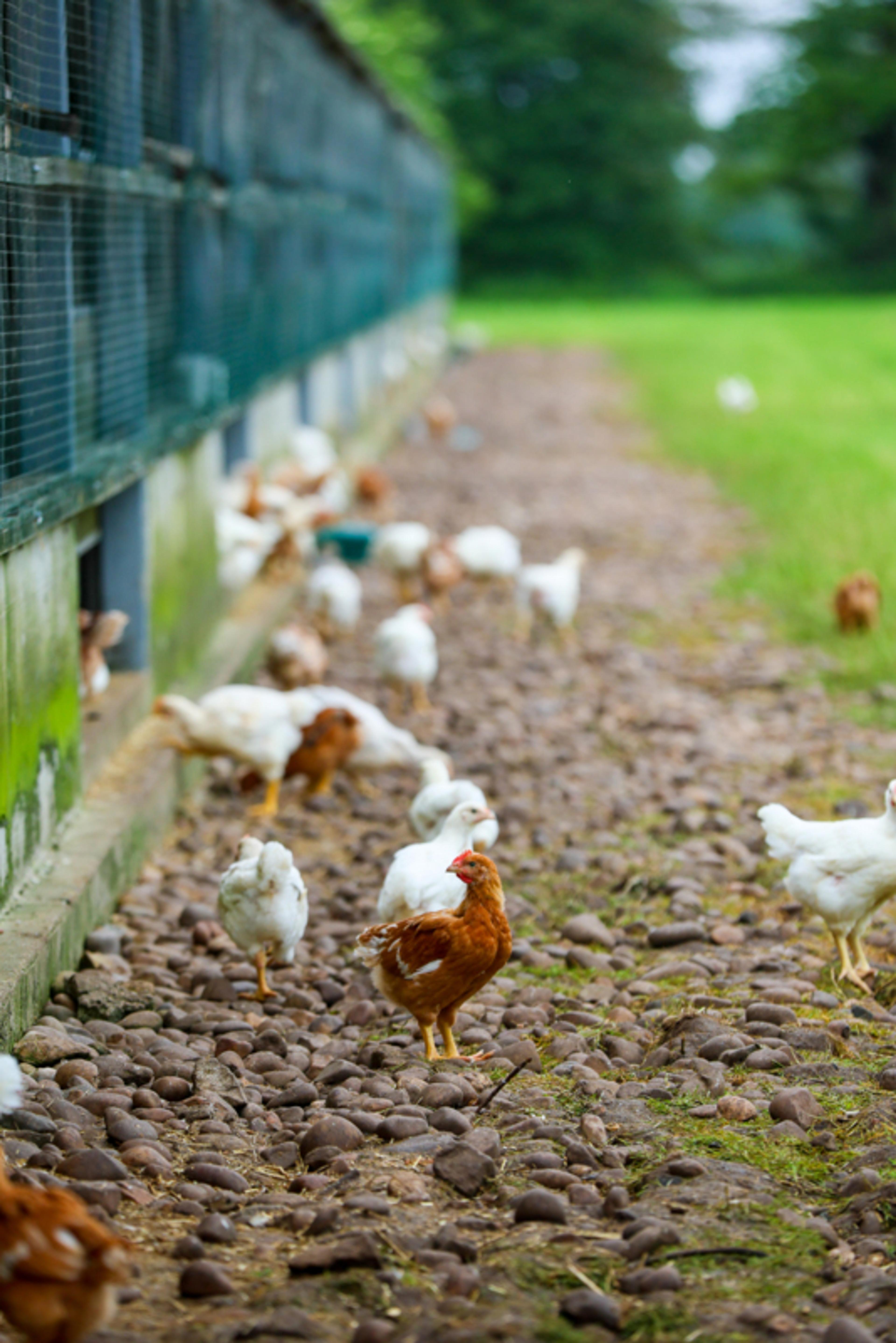
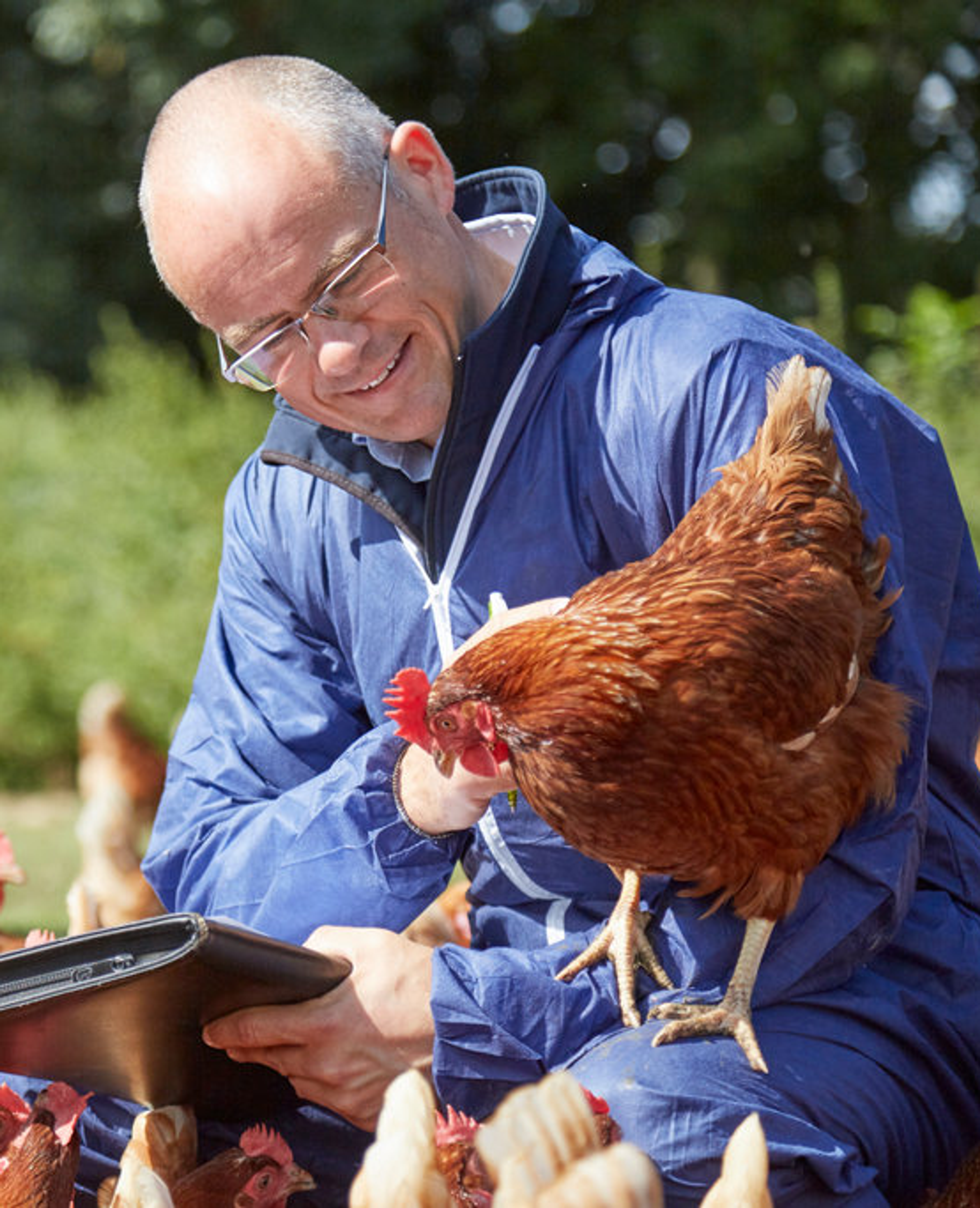
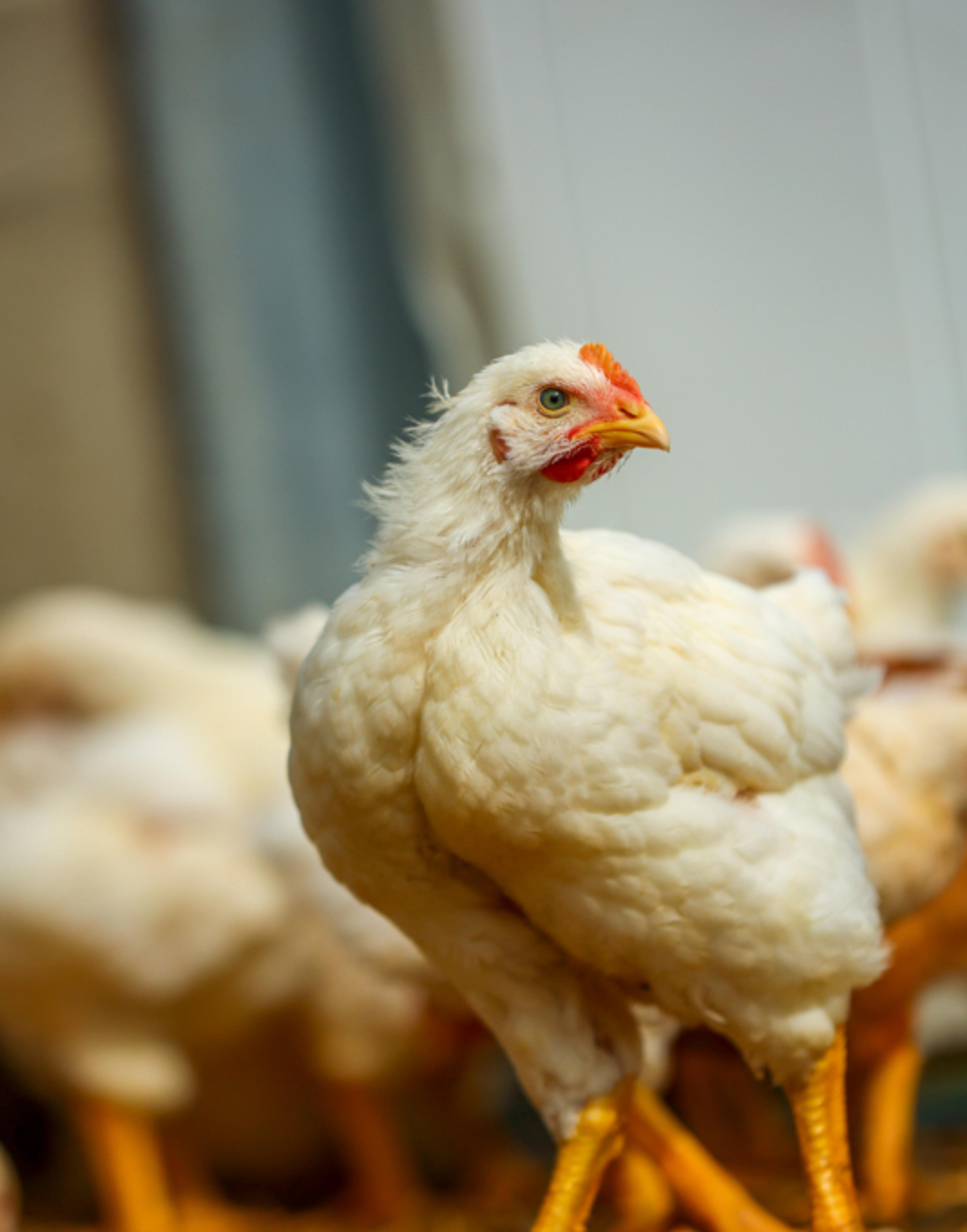
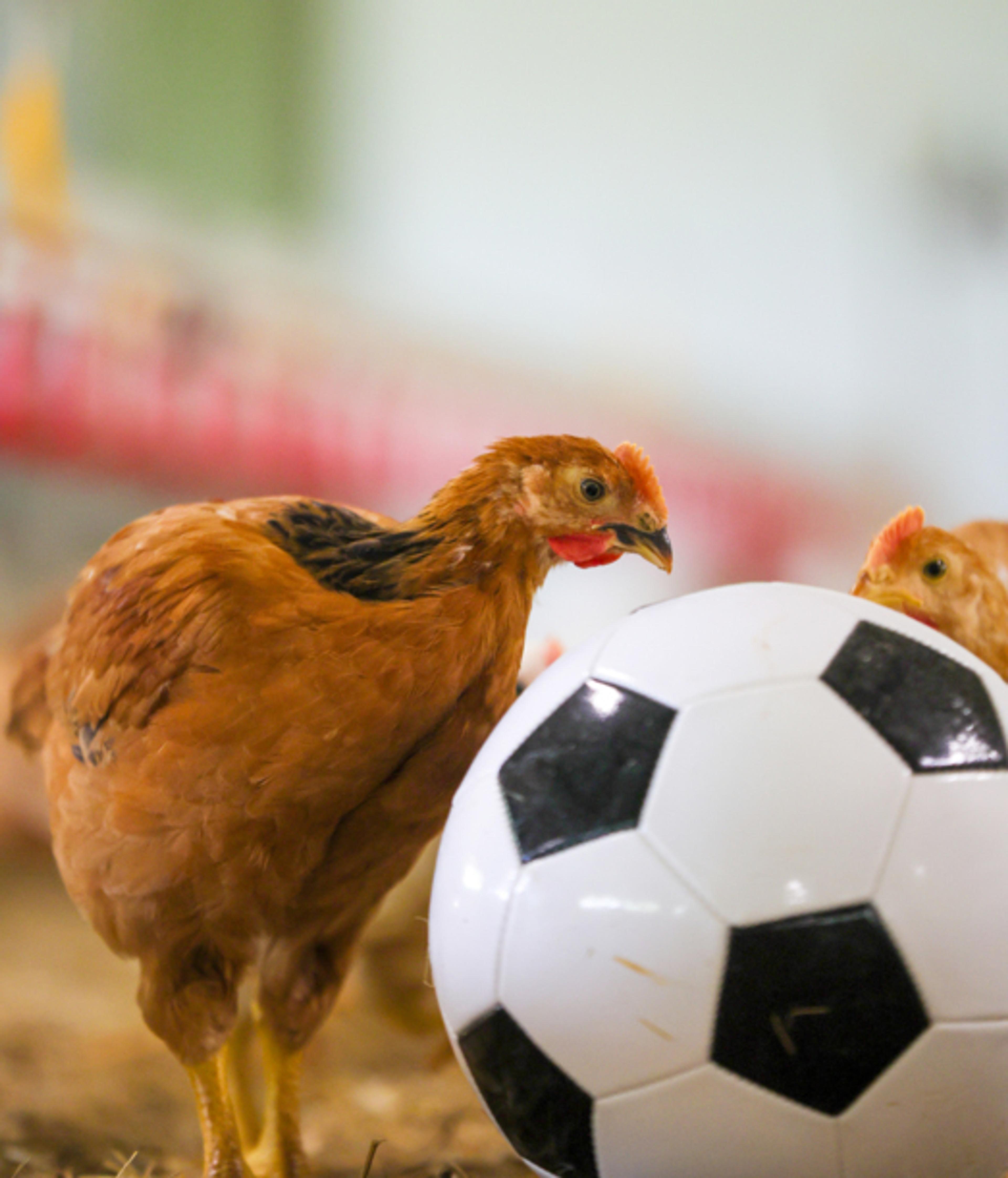
Egg-laying hens
More than 800 RSPCA welfare standards must be met for eggs to be labelled RSPCA Assured.
Hens are kept either in spacious barns with perches and nest boxes, or in free-range or organic systems where they also have access to an outside range.
The RSPCA standards require...
No cages – ever
Birds are free to roam around and perform natural behaviours like nesting, perching and dust bathing.
Pecking objects such as footballs and straw bales
These ‘enrichments’ encourage birds to be active and carry out their natural pecking and foraging behaviour.
Trees and bushes on the range
Shade and shelter protect hens from bad weather and predators like foxes, so they feel safer.
Raised perches
Hens like to roost on perches at night with their flock. In the wild, this protects them from predators and helps keep them warm.
Dust pits for ‘dustbathing’
These help hens remove parasites like lice and mites, keep skin and feathers in good condition and regulate their body temperature.
The legal minimum...
•Hens can be kept in cages
Battery cages known as ‘colony’ or ‘enriched’ cages provide each hen with space equal to an A4 piece of paper. Birds have limited ability to nest, perch and scratch.
•No requirement for ‘toys’ to peck at
If hens aren’t encouraged to peck at objects and dustbathe, they’re more likely to turn to harmful behaviours like pecking at each other's feathers.
•Ground-level perches
Perches can be incorporated into flooring, making it harder for birds to rest undisturbed.
•Fewer inspections
Hens must be inspected at least once a day. The RSPCA’s welfare standards require three checks per day to ensure they’re healthy.
•Longer journey times
Hens can be transported for up to 12 hours at a time. The RSPCA’s welfare standards allow journey times of no more than eight hours.
Out in the field
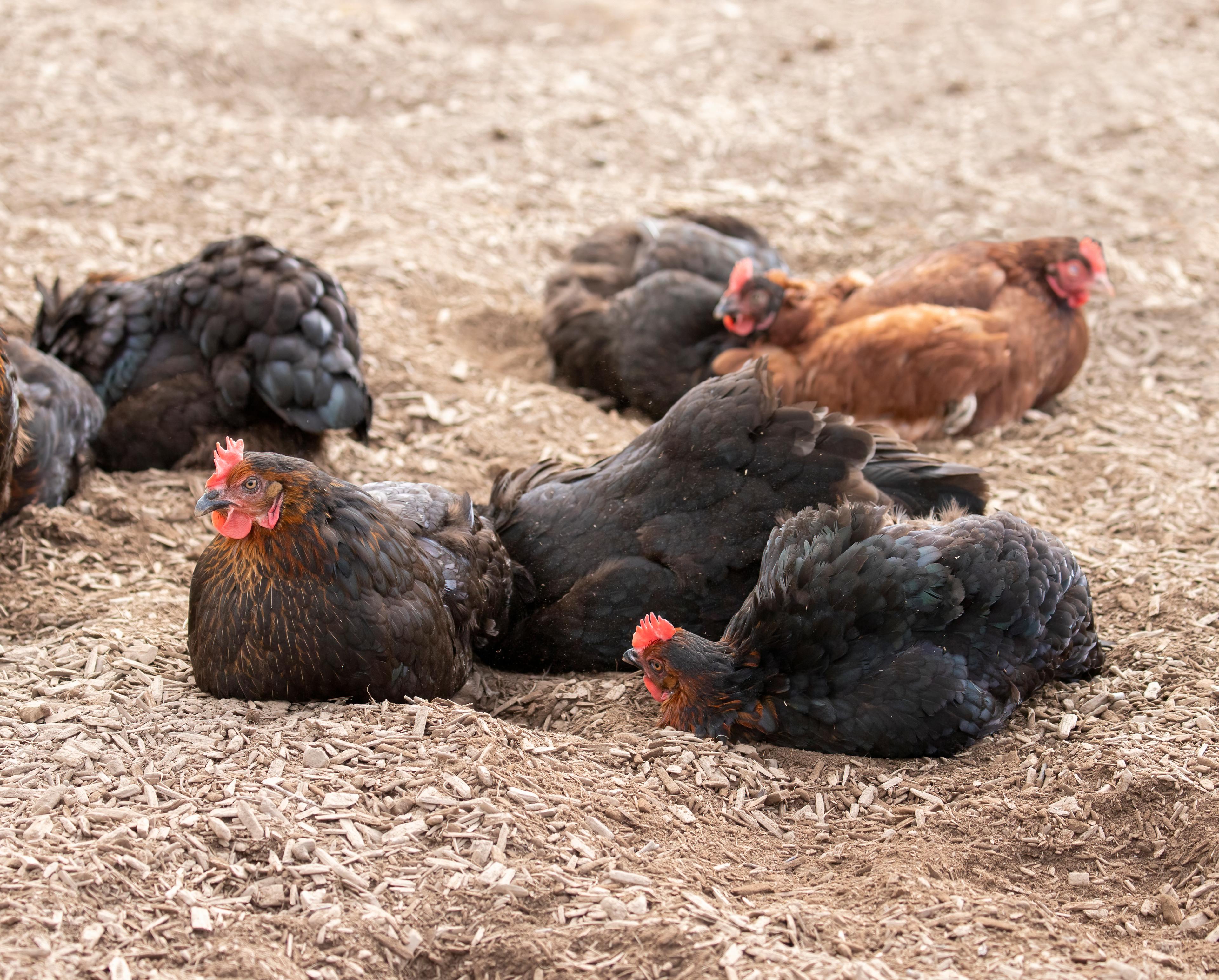
“I love watching birds dustbathing when I visit our members’ farms. It’s the equivalent of a spa day for them and helps them keep both clean and cool.”
Ebbony Dixon, RSPCA Assured assessor